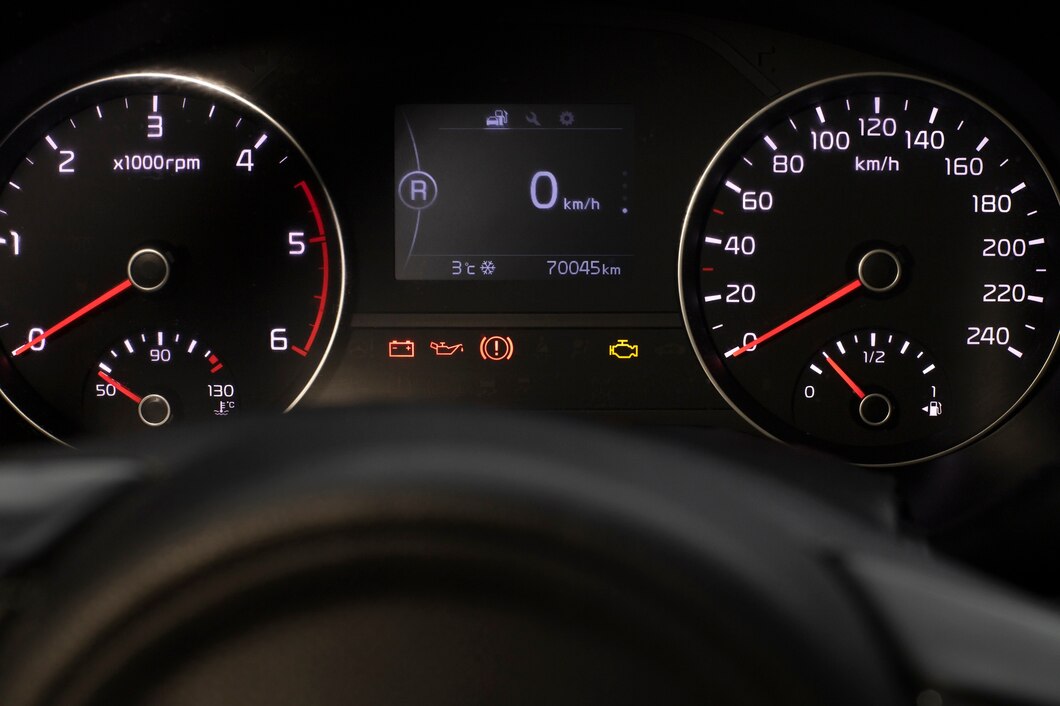The voltage regulator is a crucial component in your vehicle’s charging system, ensuring that the electrical power generated by the alternator is at a consistent and safe level. A failing voltage regulator can lead to various problems, potentially leaving you stranded or causing expensive damage. Identifying early signs of voltage regulator failure can save you from significant inconvenience and costs. Here are some key symptoms to watch out for:
1. Dimming or Flickering Lights
One of the most common indicators of a failing voltage regulator is inconsistent performance of your vehicle’s lights. If you notice your headlights or dashboard lights dimming or flickering, it could mean that the voltage regulator is not maintaining a steady output. This symptom is especially noticeable when the vehicle is idling or during transitions in engine speed.
2. Battery Warning Light
Modern vehicles are equipped with a battery warning light on the dashboard. If this light illuminates, it could be a sign of an issue with the voltage regulator. While this warning light can indicate several different problems, it often points to issues within the charging system, including the alternator and the voltage regulator.
3. Overcharging Battery
A malfunctioning voltage regulator can cause the alternator to supply too much voltage to the battery. This overcharging can lead to excessive heat buildup, battery swelling, or leaking battery acid. If you notice a sulfuric smell (like rotten eggs) or see that your battery case appears bloated, you may have a severe overcharging issue.
4. Undercharging Battery
Conversely, if the voltage regulator fails to provide sufficient voltage, the battery will not charge properly. This can result in a dead battery even after a long drive. Frequent jump-starts and a consistently low battery charge are signs that your voltage regulator might not be functioning correctly.
5. Electrical Malfunctions
A failing voltage regulator can cause erratic behavior in various electrical components. You might experience issues such as malfunctioning power windows, erratic dashboard gauges, or problems with the radio and other electronic systems. These symptoms occur because the components are not receiving a consistent voltage supply.
6. Engine Performance Issues
In some cases, an inconsistent electrical supply due to a faulty voltage regulator can impact engine performance. You might notice the engine stalling, misfiring, or running rough, especially at lower speeds. This is because modern engines rely on a stable electrical supply for their control systems.
7. Unusual Noises
Sometimes, a failing voltage regulator can cause the alternator to work harder than necessary, leading to unusual noises. You might hear whining, grinding, or growling sounds coming from the alternator, indicating that it is struggling to maintain the correct voltage.
Diagnosing and Fixing the Problem
If you observe any of these symptoms, it is essential to have your vehicle inspected by a professional mechanic as soon as possible. They will typically perform a voltage test on the battery and the alternator to confirm if the voltage regulator is at fault. Replacing a voltage regulator is generally a straightforward process, but it is critical to address it promptly to avoid further damage to your vehicle’s electrical system.
Preventative Measures
Regular maintenance can help prevent voltage regulator failure. Ensure that your vehicle’s charging system is inspected periodically, especially if you experience any electrical issues. Keeping your battery terminals clean and checking the belt that drives the alternator can also help maintain the health of your vehicle’s charging system.
In conclusion, recognizing the early signs of a failing voltage regulator can prevent a minor issue from becoming a major headache. By paying attention to your vehicle’s electrical system and addressing any anomalies promptly, you can ensure a smooth and safe driving experience.











